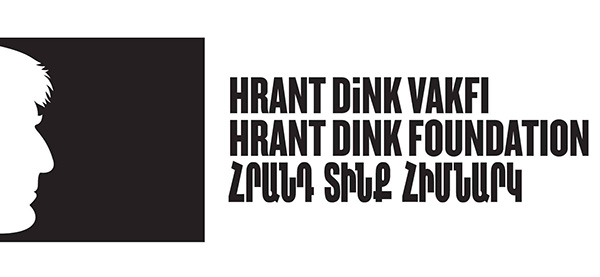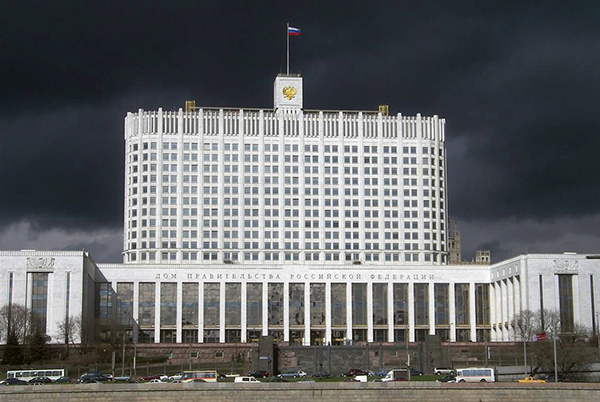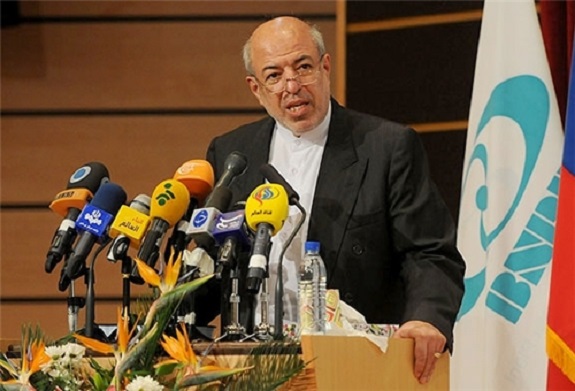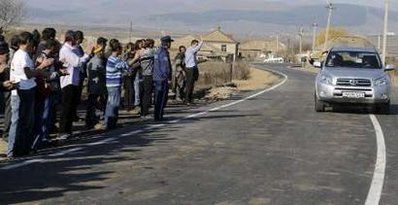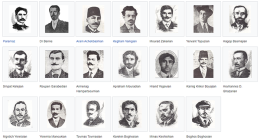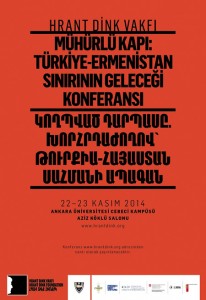

With the collapse of the Soviet Union, Turkey rediscovered its long neglected eastern neighbour, Armenia. Although Turkey was among the first countries to recognize Armenia’s independence, it was reluctant to establish diplomatic ties with it. Even during Soviet times, with the exception of a passenger train that ran between Leninakan/Gyumri and Kars, the border between Turkey and Armenia remained closed. In 1992 Turkey allowed food aid from Europe to be delivered via this line. But in 1993 Turkey unilaterally and formally sealed its land border with Armenia in response to the Nagorno- Karabakh conflict. The Kars-Gyumri rail connection was halted, and direct trade and cross-border activities between locals have been blocked ever since. To this date, the policy of closed borders remains in force.
The sealed border continues to have a significant impact on the lives of people on both sides of the border and on the wider region, including on war- torn Syria, which is home to a sizeable population of ethnic Armenians. The economic, political, social, and environmental effects of the blockade are considerable. If the goal of the sealed border was to help resolve the Nagorno-Karabakh conflict, it has arguably had the opposite effect.
This conference seeks to address the “policy of closed borders” with its political, economic, social, environmental, humanitarian andregional aspects along with the prospects forpeace-building in the Caucasus. It aims in particular to address the following questions and issues:
How do a sealed border and lack of direct contact impact mind-sets and the daily lives of people in the border areas and beyond? In turn, what would the impact of an open border be on them?
Would opening the border serve as a catalyst for economic development? What are the missed opportunities and prospects for regional cooperation and integration? What would be the outlook of the region in 30 years time assuming there are open borders and possibly even a common or free economic zone?
How can the border influence regional integration and cooperation in the Caucasus? What has been the impact of Turkey’s ‘‘open-door policy’’ with Georgia, Iraq, Syria and Nakhchivan? Can an open border act as a catalyst for consolidating democracy in the Caucasus and for its integration with Europe as a stable and secure energy and transportation hub?
What are we actually talking about when we talk about borders? What do open borders mean in terms of territoriality, citizenship, sovereignty, belonging, globalization, liberty, authority, ethnicity, nationality and identity?
How do sealed borders affect localities on both sides? What is the impact on architecture, transportation, urban and rural planning, municipalities, the environment, and migration?
What is the impact of security-oriented border management on the social texture? What about governance, military troops, and border guards?
What are the social policy options and initiatives for sealed borders? Can sports, art and cultural activities, and student exchanges play a role?
What are some examples of crossing borders in language, literature and art? How is the border reproduced as a cultural phenomenon? How else can one cross borders?
Addressing such questions, among others, the conference seeks to contribute to cross-border dialogue so as to overcome missed opportunities and to promote initiatives that will eliminate barriers and foster regional cooperation and integration.
The conference, which will host researchers and experts working on the history, politics, economy and sociology of region, is open to everyone who would like to join as an audience. The conference will be broadcasted live on www.hrantdink.org.
The conference proceedings will be published in a book in 2015 by the Hrant Dink Foundation Publications.

